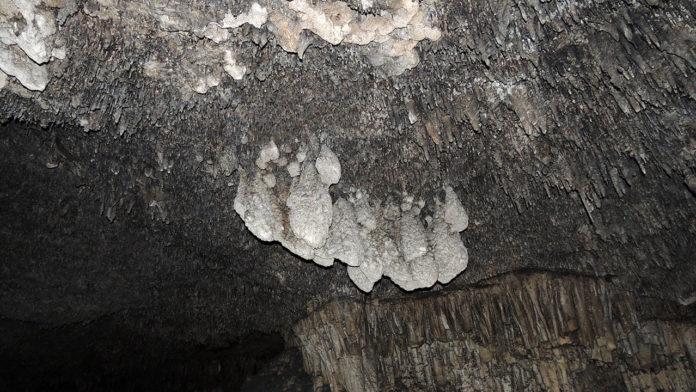Sea level rise because of dissolving ice sheets, for example, those that cover Greenland and Antarctica. In any case, how much and how quick sea level will rise during warming is a question researchers have attempted to answer. Reconstructing ice sheet and sea-level changes during past periods when the climate was normally hotter than today, gives an Earth’s scale laboratory to contemplate this question.
A universal group of researchers, examining proof preserved in speleothems in a coastal cave, delineate that in excess of 3,000,000 years ago – a period where the Earth was a few degrees Celsius hotter than the pre-industrial era – sea level was as much as 16 meters higher than the present day. Their discoveries represent significant ramifications for comprehension and anticipating the pace of current-day sea level rise in the midst of a warming climate.
Sr. Research Scientist Victor Polyak said, “Constraining models for sea-level rise due to increased warming critically depends on actual measurements of past sea level. This study provides very robust measurements of sea-level heights during the Pliocene.”
USF Department of Geosciences Professor Bogdan Onac said, “We can use the knowledge gained from past warm periods to tune ice sheet models that are then used to predict future ice sheet response to current global warming.”
During the study, researchers discovered, analyzed, and interpreted six of the geologic formations found at elevations of 22.5 to 32 meters above present sea level. Cautious testing and laboratory investigations of 70 samples brought about ages running from 4.4 to 3.3 million years of age BP (Before Present), demonstrating that the cave deposits formed during the Pliocene age. The ages were resolved determined using uranium-lead radiometric dating in UNM’s Radiogenic Isotope Laboratory.
Professor Yemane Asmerom said, “This was a unique convergence between an ideally-suited natural setting worked out by the team of cave scientists and the technical developments we have achieved over the years in our lab at The University of New Mexico. Judicious investments in instrumentation and techniques result in these kinds of high-impact dividends.”
Columbia University Assistant Professor Jacky Austermann, a member of the research team said, “Sea level changes at Artà Cave can be caused by the melting and growing of ice sheets or by uplift or subsidence of the island itself. By using numerical and statistical models, scientists carefully analyzed how much uplift or subsidence might have happened since the Pliocene and subtracted this from the elevation of the formations they investigated.”
One key interval of particular interest during the Pliocene is the mid-Piacenzian Warm Period — some 3.264 to 3.025 million years ago — when temperatures were 2 to 3º Celsius higher than pre-industrial levels. The interval also marks the last time the Earth’s atmospheric CO2 was as high as today, providing important clues about what the future holds in the face of current anthropogenic warming.
This examination found that during this period, the global mean sea level was as high as 16.2 meters (with a vulnerability score of 5.6 to 19.2 meters) above present. This implies regardless of whether atmospheric CO2 settles around current levels, the global mean sea level would still likely rise at least that high, if not higher, the researchers concluded. Indeed, it is probably going to rise higher as a result of the expansion in the volume of the seas because of rising temperature.
USF Ph.D. student Oana Dumitru, the lead author said, “Considering the present-day melt patterns, this extent of sea-level rise would most likely be caused by a collapse of both Greenland and the West Antarctic ice sheets.”
The researchers, including Professor Yemane Asmerom and Sr. Research Scientist Victor Polyak from The University of New Mexico, the University of South Florida, Universitat de les Illes Balears and Columbia University, published their findings in today’s edition of the journal Nature.
